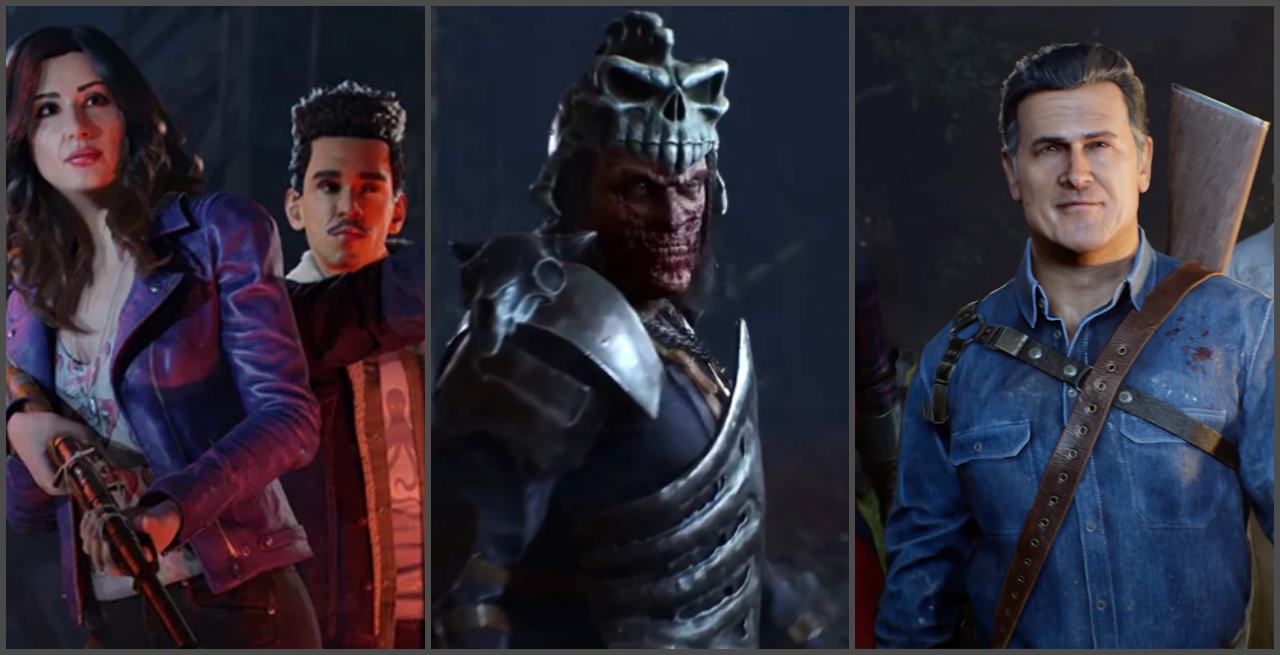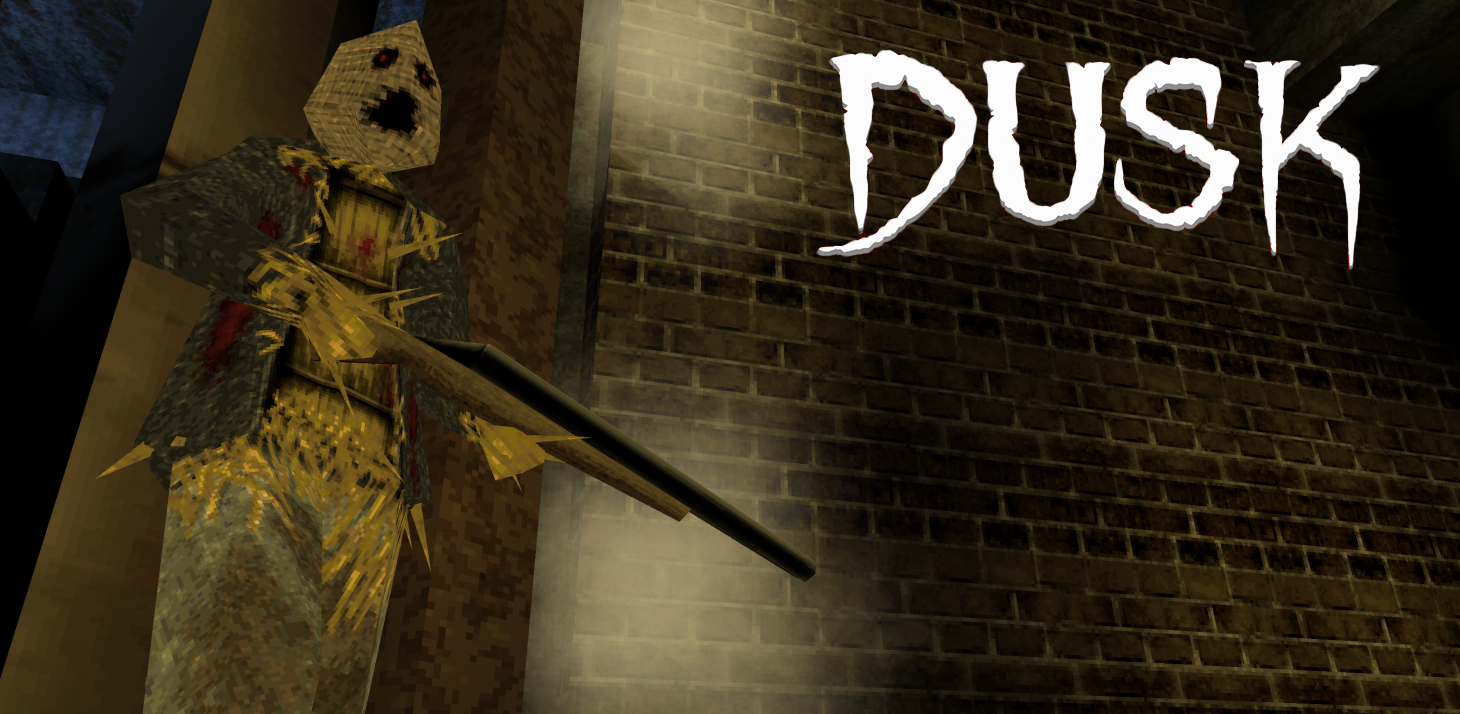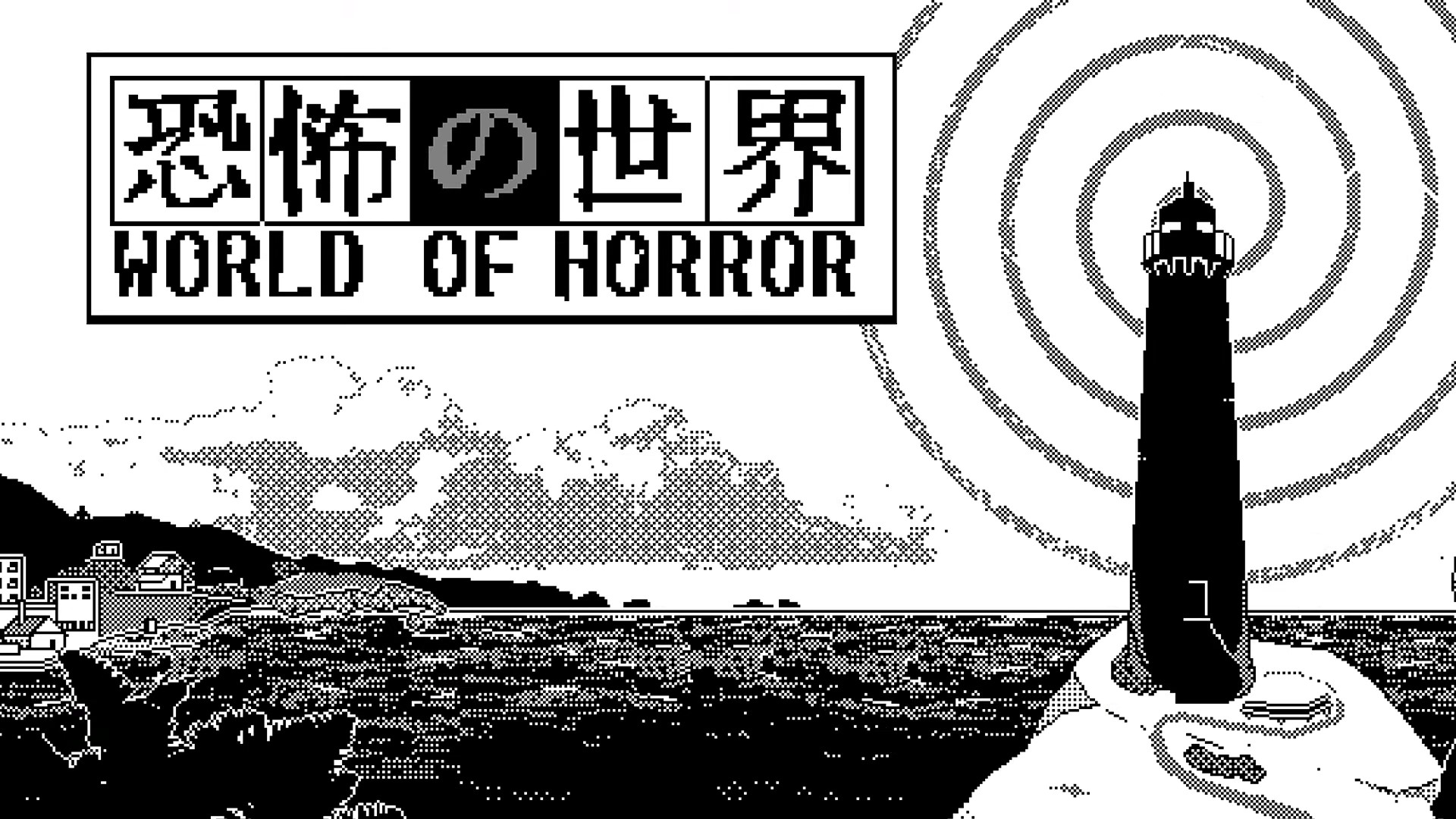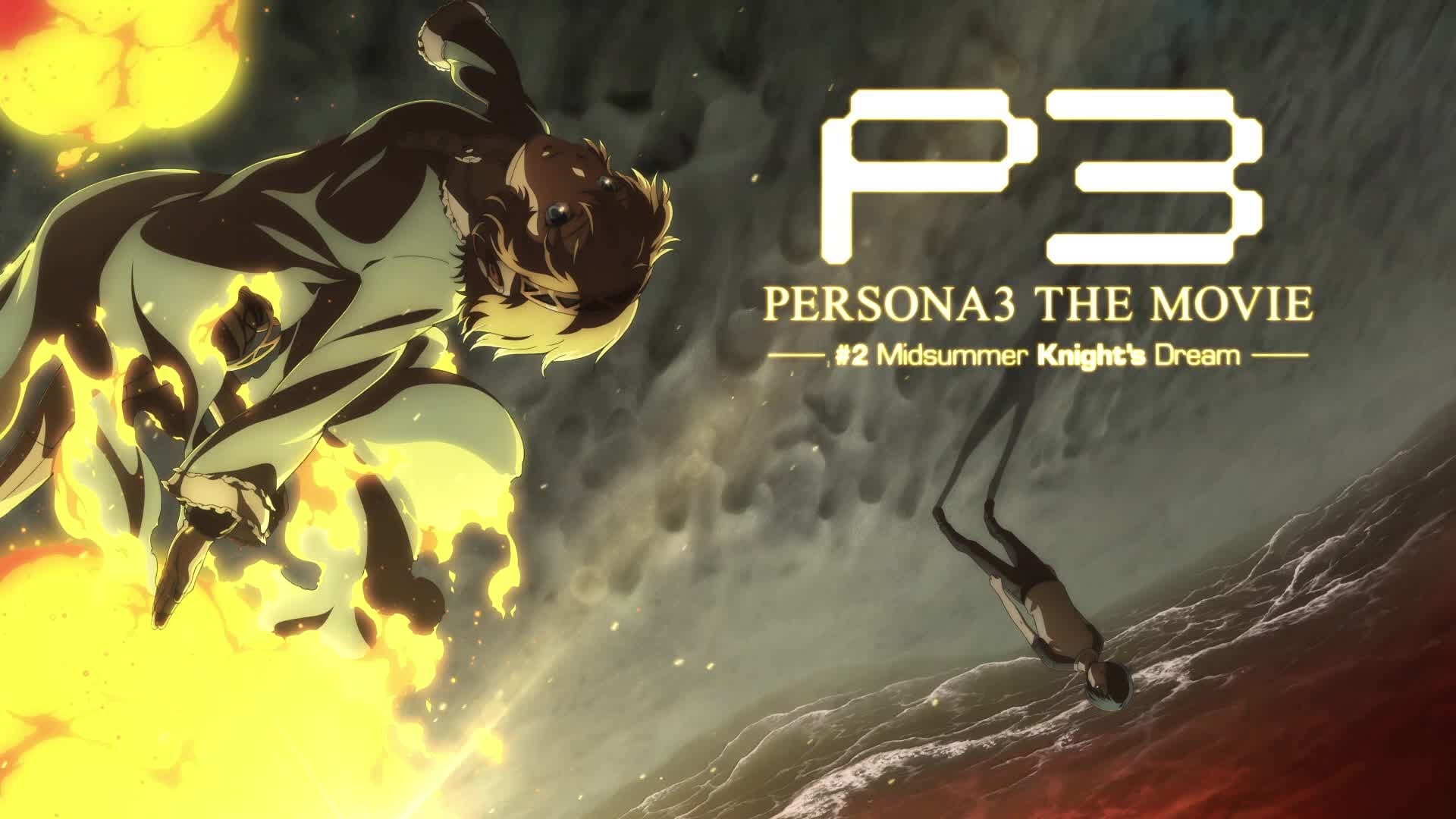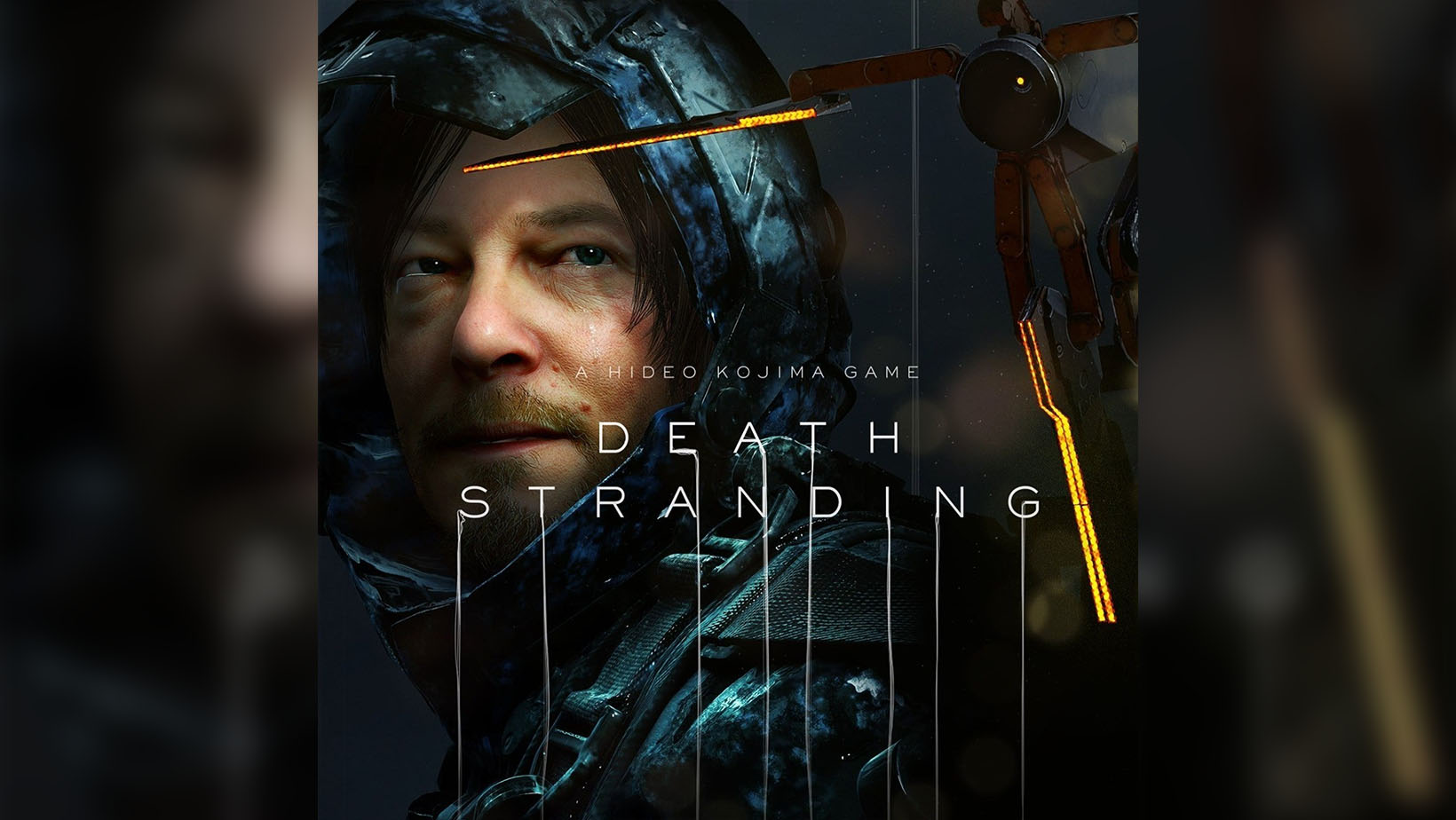
Death Stranding is an oddity as an experience, frequently misrepresented – a melancholic meditation through shattered civilization, humanity desperately endeavouring to reassemble itself in despair; somber music lulls over the desolate landscapes where people try to ascend some resemblance of life into the now hollow nature pervading a ruined world. People have retreated into underground bunkers for an isolating safety, separate and disconnected from each other, where fearless couriers – who undertake perilous treks into a hostile world – are their only connection to each other. Structures building the geography dot barren lands which are haunted by creepy BTs as spirits of the dead, fragments of derelict cities remind one of the apocalypses engulfing the former tranquillity and other remnants of the wastelands, such as cultural artifacts to transport, display a yearning for all that was lost- ghosts of the old civilization (since practically extinct) a reoccurring theme.
You are Sam Porter Bridges (played by Norman Reedus) and have the responsibility to navigate dangers of a dismantled world from a mysteriously supernatural event – a man whose special makeup of being afflicted with ‘Doom’ has them as impervious to the otherworldly entities stalking these lands to finish all life. You cannot die, however, as ordinary people and have no adverse reaction to these otherworldly apparitions (or events) composed of antimatter as the antithesis to all material existence – this status empowering you to traverse empty lands with only occasional communication (or assistance) from other players (e.g. signs, buildings to aid, holograms) to not have you as completely solo in a lonely wilderness.

There is an ambition to unify the former USA as an inchoate mass of lands torn apart, the very terrain reshaped and distorted from the disaster, termed ‘Death Stranding’, but few risks venturing outside into a world decimated from a borderline extinction event – the spirits outside, BT’s, causing a nuclear explosion on mere contact with people, further corroding the final pulse of society. As cords hang from the skies to signify the presence of these abnormal entities who incited such destruction, and massively dark figures loom in the sky beyond mystical rainbows as an overpoweringly eerie presence hovering over the lands, there is a distinct dread echoing over the breathtaking scenery; a new epoch is afoot where humanity is burrowed underground to a new, dark force overriding any harmonious coexistence.
Hideo Kojima was set to oversee the infamous Silent Hill as his first foray into horror, and it was anticipated eagerly from his ingeniously designed PT, but this failed miserably from corporate politics and was wholly abandoned; not only would Kojima fail to deliver a horror experience people trusted to be produced to the highest standard, he missed an opportunity to creatively test himself from the confines of his Metal Gear Solid franchise. He has a horror project in the works, however, with ‘Abandoned’ – a cynically witty reference to the fate of PT. Death Stranding was originally envisioned as more outright horror until a redesign only featured moments as such: encountering BT’s as they try to drag you into a tar as blackened silhouettes of deceased humans, extracting you into an oily ocean as massive shadows of creatures attempt to consume you. Tonally, as an auteur, Kojima regularly had diverse genres in his material as innovation – even Metal Gear Solid had brilliant moments of horror (Psychomantis predominantly) amongst all the military technothriller and sci-fi tropes.
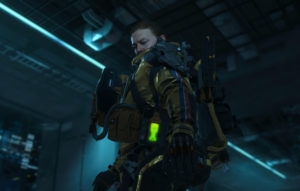
Although easy to simplify as a ‘mailman walking simulator’, the potent atmosphere is comprised of mourning and dread as one chart these forsaken lands in haphazard travels – an experience itself as contemplative between trips; the postapocalyptic melancholy a palpable mood to overshadow any humane moments in the unfolding narratives (which each minute quest affords). You must improvise, adapt and be tactical to efficiently interlink sheltered communities and deliver hope in whatever cargo is assigned – it is a purposeful role that’s not shallow as vapid logistics to inane movements. Balancing the cargo for its safety, and overcoming any obstacles, is not linear as climbing a ladder or walking across the pasture – there are a variety of threats along with critical choices requiring a quite specific deliberation.
The Beach alone is geography that’s unnerving – a mere beach representing the coil between life and death that’s opened to no longer have the contrary concealed; this is the essence of the duality behind the ‘Death Stranding’ event, life/death, and a challenge from the dead, as with antimatter (as contrary to matter), as an unexplained, emergent opposite force to all as a neutralising effect. The manifestation of the dead souls in BT’s, and other strange effects such as ‘Timefall’ causing erosion of objects rapidly from enhanced time (to physics), only reaffirm the motif of duality being tested in life – time being the variable that determines the length of life. Voidouts – which are the antimatter explosion ensuing as life and death finally interact, no longer separated – have disfigured, destroyed, and changed the planet forever, ending life as we know it as a chain reaction to reset all (or restart to an equilibrium, even an opposite state)- how and why is the central mystery to Death Stranding.
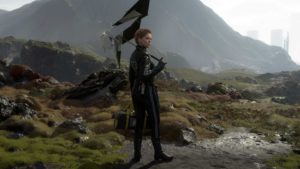
I should also mention the entombed babies from braindead mothers, too, which are abused as an ‘asset’ to detect otherworldly presences – morbidly existing as a connection to the dead in their tormented, contained life support capsules; the world of Death Stranding is full of ideas which are dark once viewed in perspective, other instances being people such as ‘Extinction Entities’ who serve as omens of the end in a reversal to life as a natural event (in the universe). The stranded souls, too, who try to cling to you, craving you to join them, once a levitating figure, symbolic of the dead, becomes aware of you – only holding one’s breath may help avoid these as the dead do not breathe. All this, however, contrasts beautifully with the moments of scenic splendor still thriving through the cosmic horror in Hideo Kojima’s vision of a post-apocalyptic wasteland…
Death stranding is currently available for free via the Epic Games store here.
More Game Reviews
For those who have been living under a rock for the last few years, Vtubers are a popular format of streamers who use an animated avatar in the style of… Evil Dead is a cult franchise in every sense of the idea – a variety of divergent media in the realm of comics, games, and merchandise; all humbly originating from… Due to the current climate in the gaming market, I have become bored with most triple A game titles. With many being released in an unplayable state, requiring ‘Day One’… With a retro approach to rudimentary mechanics, and grim pixelated presentation, World of Horror is a passionate tribute to J-Horror; notably towards the eminent horror mangaka ‘Junji Ito’ who specializes… Authentic, genuine portrayals of love are difficult to come by on-screen. Almost as difficult to find as a visual novel without the usual anime-adjacent conventions. Like a good horror movie… Atlus’s Persona series is a critically acclaimed video game franchise which depicts a group of high-school students battling creatures known as Shadows by using “Personas.” Personas in this context are…Hololive Error Teaser Demo – Video Content
Evil Dead: The Game Review – The Fantasy of Every Evil Dead Fan
Game Insight: Dusk (2018) A Modern Day Boomer Shooter
WORLD OF HORROR: An Investigative Interactive RPG of Junji Ito and Lovecraft’s dreams
An IOU (2022) Video Game Review – Romance is Horror
Persona 3 The Movie #2 : Midsummer Knight’s Dream (2014) Review – Battlefield Unconscious
Some say the countdown begun when the first man spoke, others say it started at the Atomic Age. It’s the Doomsday Clock and we are each a variable to it.
Welcome to Carcosa where Godot lies! Surreality and satire are I.
I put the a(tom)ic into the major bomb. Tom’s the name!

